When I first moved to Mumbai last year, I was terrified at the thought of taking a local train. The endless throng of people, the peculiar smell on the platforms and the alarming number of rats — I had heard enough horror stories to last me a lifetime. It took me a week to get used to my daily (albeit short) commute from Andheri to Khar Road. A few weeks later, on a night out to dinner with friends, I took my first train to Bandra, and was pleasantly surprised by the station’s old-world charm.
Alighting from the train, I noticed the intricate cast-iron pillars on the platform — some old and rusted, others with a fresh lick of paint. I was intrigued. A quick online search told me that this station, with its mix of Victorian Gothic and vernacular architecture, is a Grade I heritage building (much like the stately Chhatrapati Shivaji Terminus and the Western Railway Headquarters in Fort).
My subsequent trip to the station — in broad daylight this time — proved to be much more enlightening. Parts of the large-spanning tiled roof were covered with blue tarpaulin sheets, wooden panels lay haphazardly on the floor and the outer facade was surrounded by scaffolding — all signs that pointed to the restoration currently underway.
The construction of a railway line from Utran in Gujarat to Grant Road in Bombay was undertaken by the Bombay, Baroda and Central India Railway Company (BB&CI) back in 1864. Some 24 years later, as part of this project, in 1888, Bandra station was completed and opened to the public — making it one of the oldest suburban stations in Mumbai. The existing structure, with its Victorian-style layout, reflects the era it was built in. When I first stepped through the pointed archways, it felt as if I had been transported back to another time.
The station’s stone heritage building was built with basalt stone, sourced from a quarry in Kurla, and features wooden eaves and other intricate woodwork. Atop this colonial structure is a watch tower with an iron finial protruding towards the sky. The use of iron, I learn, is a signature element of Victorian-era architecture, largely because of the Industrial Revolution in the 19th century — and the station’s design registers this shift in material use.
Today, there are rapid changes underway to repair and mend the heritage structure — on a recent visit, I noticed that the coloured glass panels I’d spotted on a previous trip were missing. Such elements — including dormer windows and cast-iron columns — are borrowed from Victorian architecture, but there are also several vernacular touches like the roofscape and deep verandahs. The roof — earlier covered in terracotta Mangalore tiles, which have now reportedly been replaced with lookalike concrete Monier tiles — is also the station’s most defining feature. In his book Halt Station India: The Dramatic Tale of the Nation’s First Rail Lines, journalist Rajendra B Aklekar writes, “rail records state that the entire roof was assembled in London, transported to Bombay by steamer and placed over the standing pillars”. Interestingly, the arched roof was initially built to accommodate the smoke from steam engines.
From existing as an old BB&CI Railway building that lodged the slaughterhouse through which meat trains once travelled to now seeing lakhs of commuters everyday, the station has a glorious history that is emphasised by its architectural elements. Even with the introduction of self-ticketing machines, construction of modern footbridges and a soaring increase in footfall, the station has managed to retain its regal allure.
Despite its many modifications and adaptations, Bandra station has maintained a sense of authenticity as both a cultural and architectural marvel. The station may not be as palatial as the Chhatrapati Shivaji Terminus building in Fort, but it is still picturesque and charming. Even when under construction, it offers a quiet intimacy that is rare to come across in an ostentatious, bustling city like Bombay. Every once in a while, when the city feels a little too challenging, I find myself going back to Bandra station — in its weathered stone, fragmented floral ornamentation and grand arches, I have found a strange type of comfort.
Find your way to the Bandra Station, Mumbai via Google Maps here.
Our selection of stays across India, best visited for their design and style. Check in
Yashvi Shah is a writer at Paper Planes. She is on Instagram at @yadhvishah.
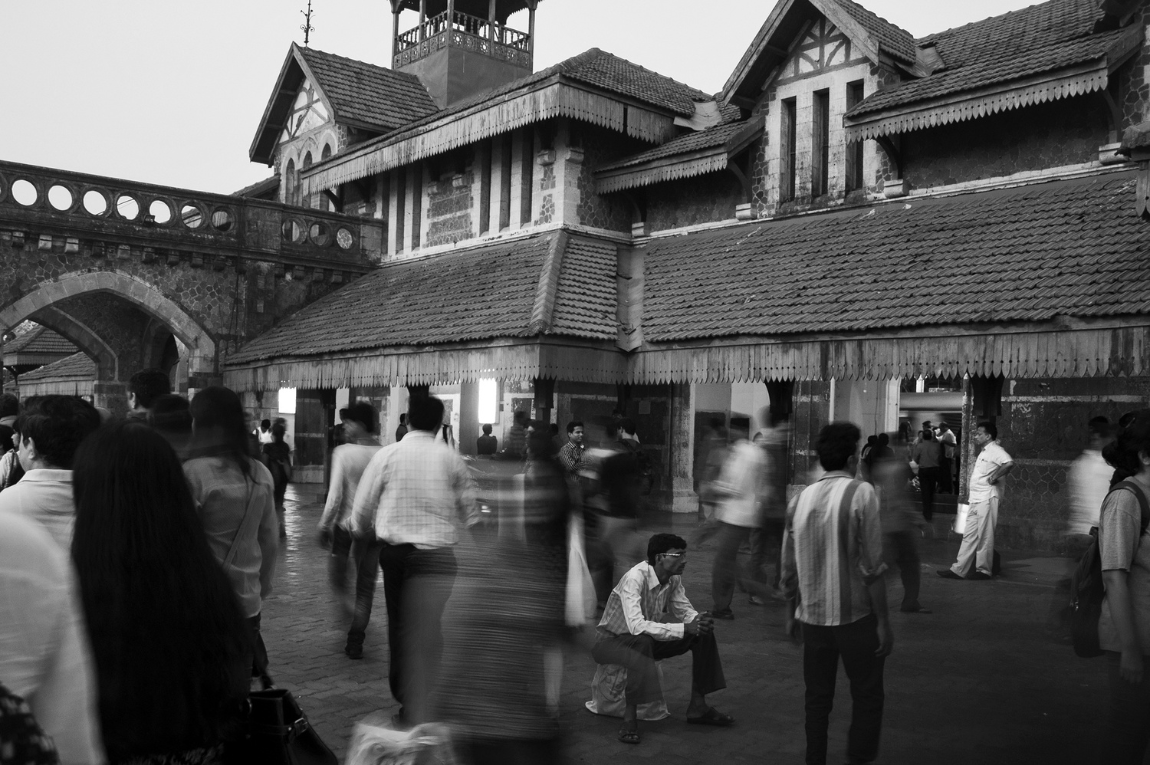
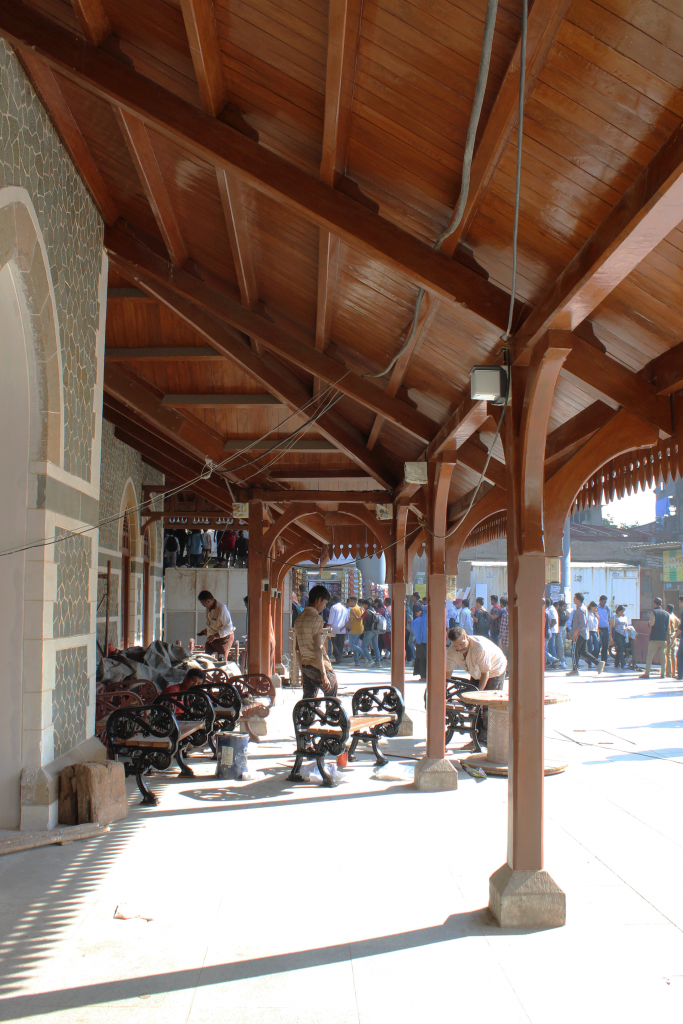
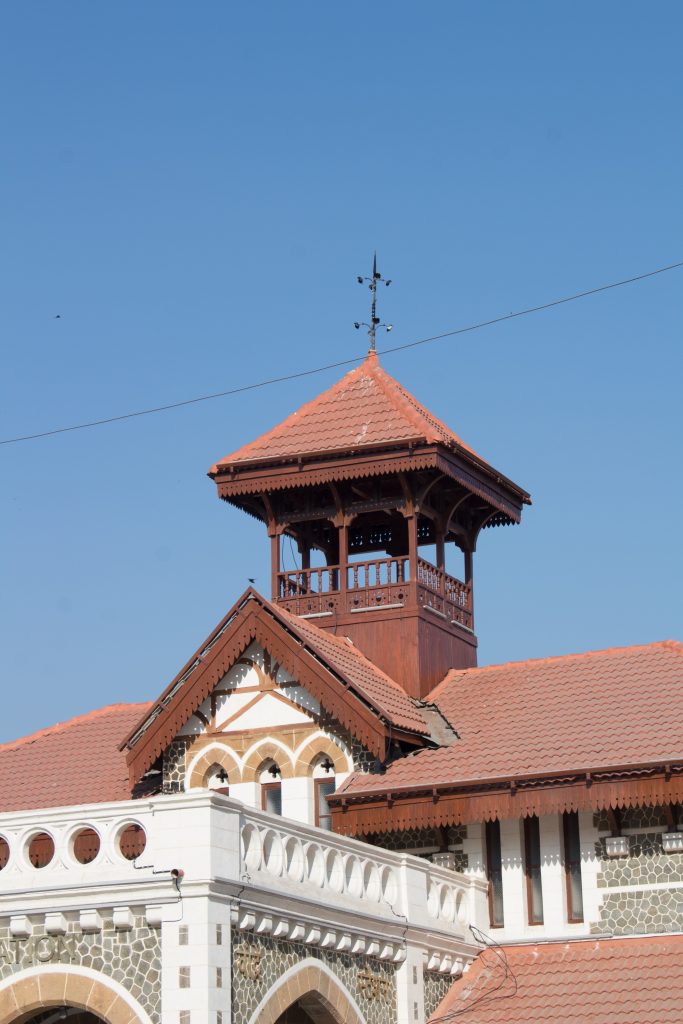
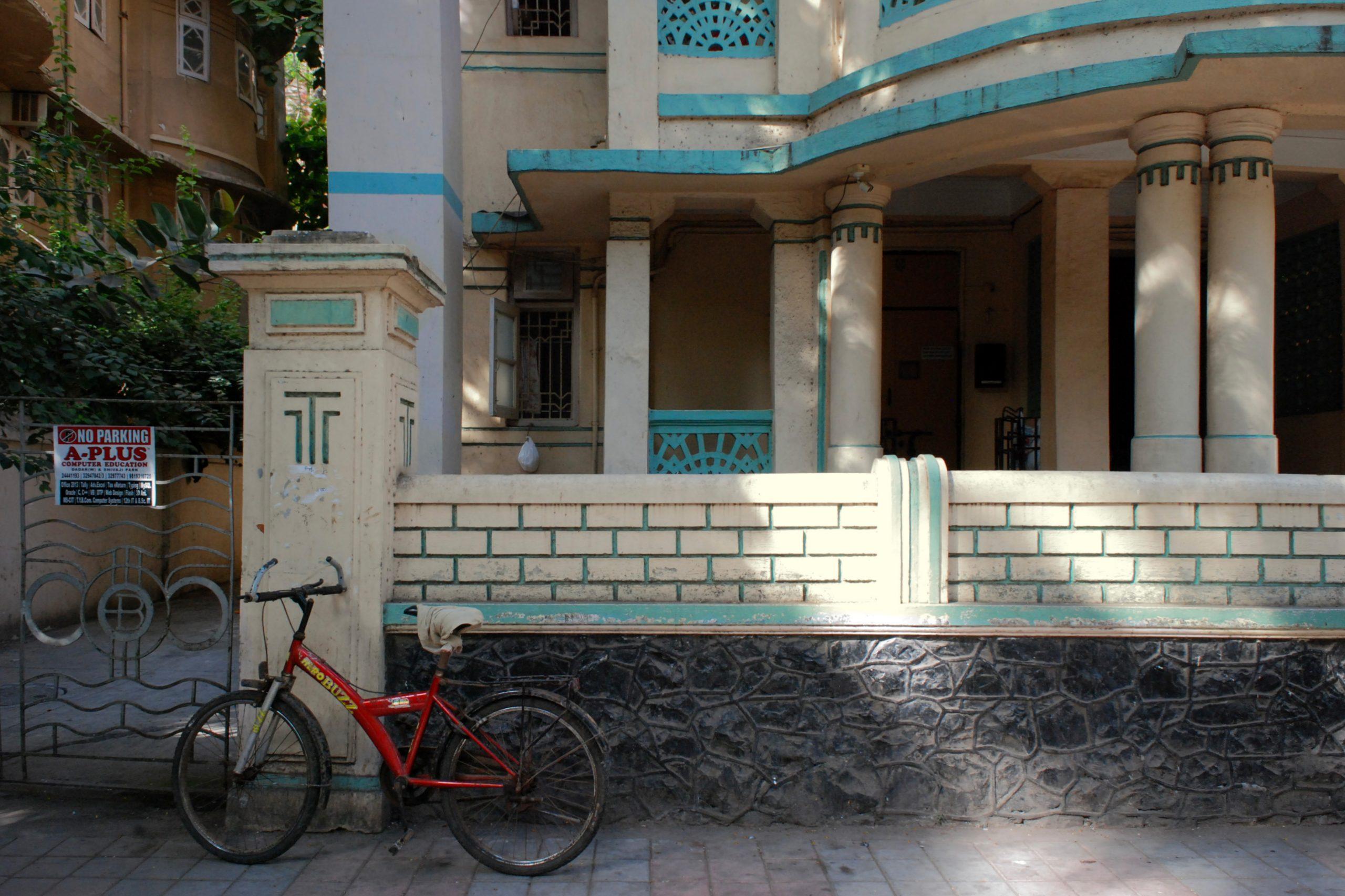
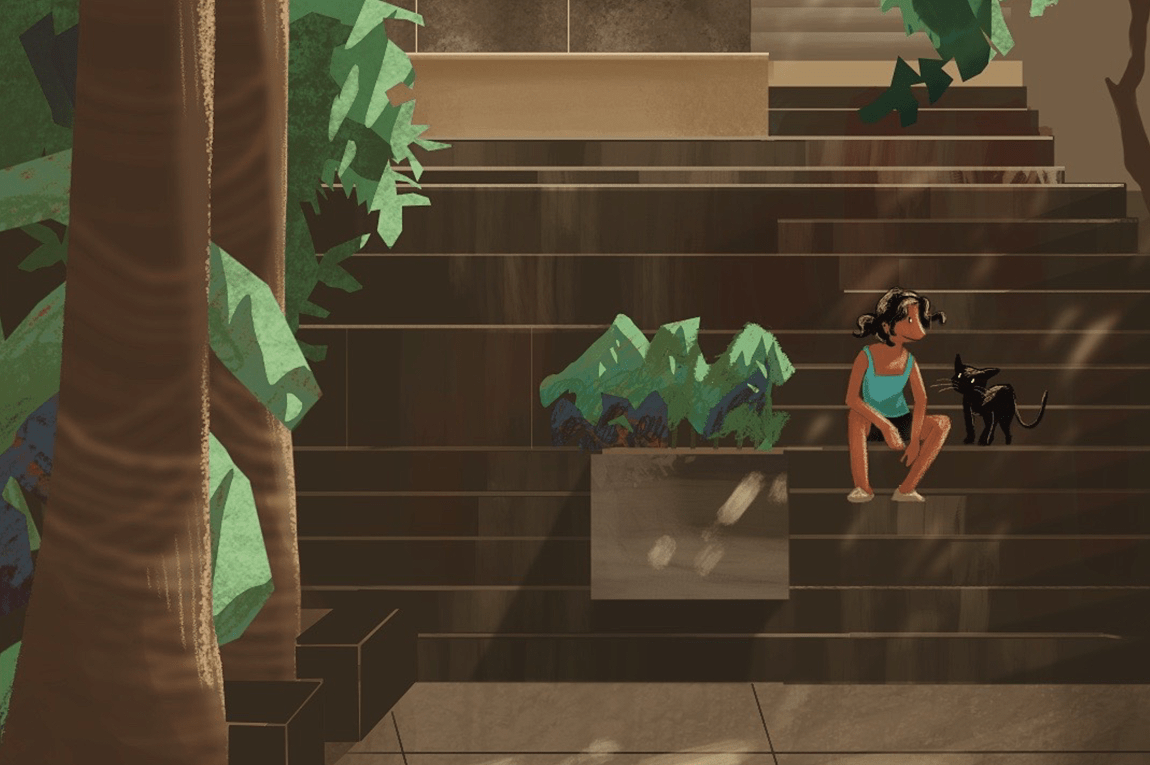
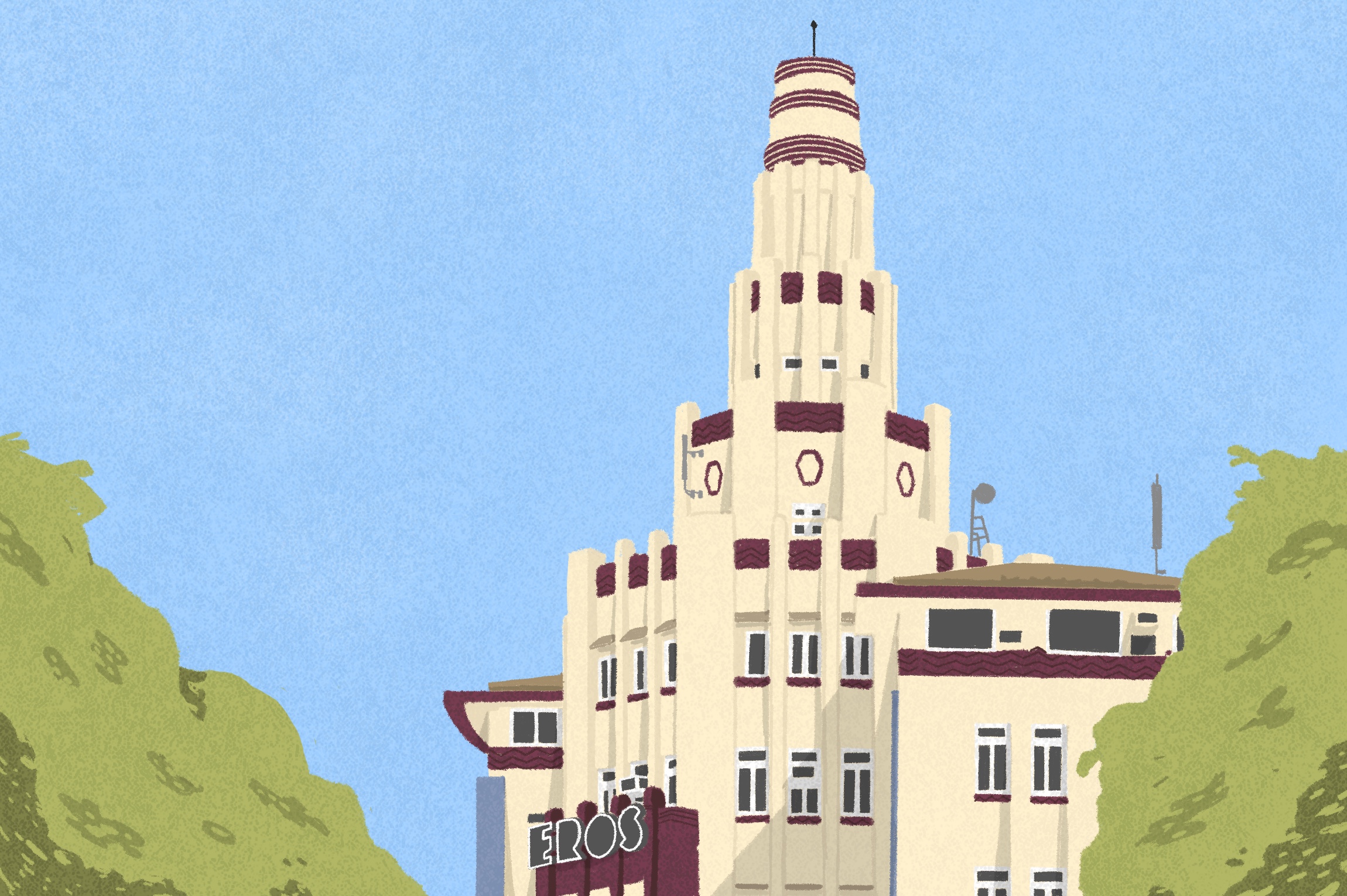




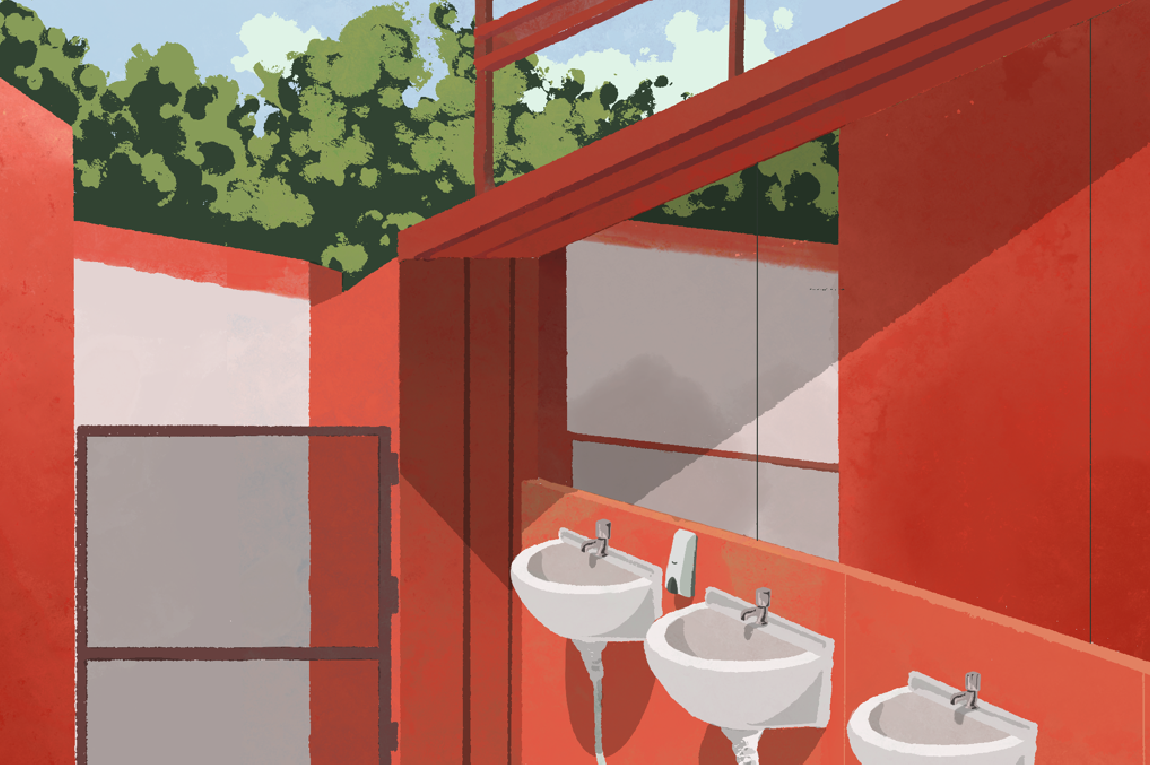
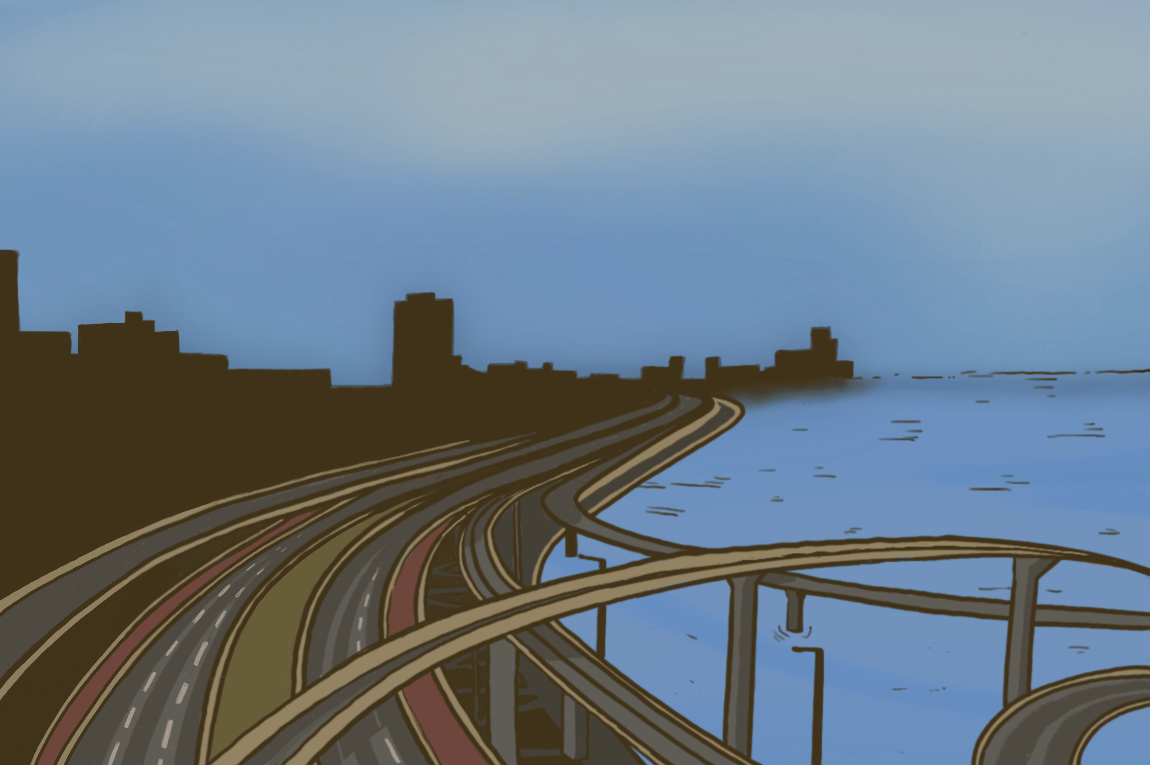




Thank you! I must see this on a future visit. I too have shied away from the crowded Mumbai suburban trains despite being a fan of trains.